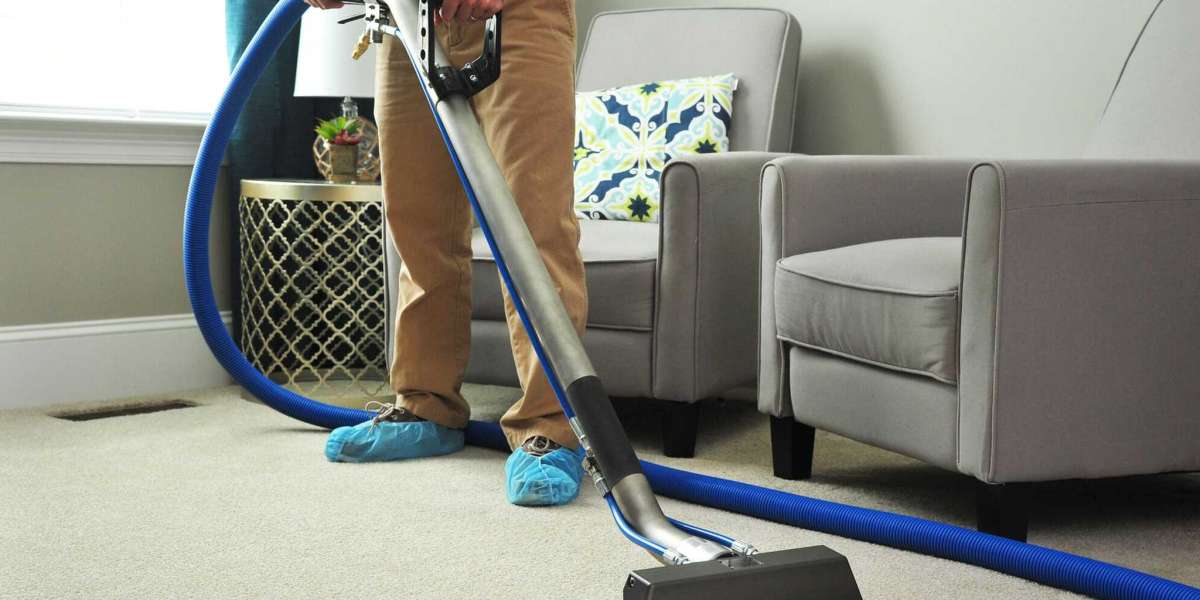Unlock the Secret to Choosing the Perfect Breast Pump for Your Journey!
Choosing the right breast pump is a pivotal decision for breastfeeding mothers, influencing both comfort and convenience during the breastfeeding journey. Many mothers opt to pump for various reasons, whether it's to provide breast milk while they return to work, to manage their milk supply, or simply for the flexibility it offers. The landscape of breast pumps has evolved significantly, with numerous options available to cater to different lifestyles and preferences. This article aims to guide you through the essential elements of breast pumps, helping you to compare and select the best one for your unique needs.

Understanding Breast Pumps
Breast pumps are devices designed to extract milk from a breastfeeding mother's breasts. They serve as a practical solution for women who want to ensure their baby receives breast milk even when they are not physically nursing. There are three primary types of breast pumps: manual, electric, and battery-operated. Manual pumps require the user to create suction by hand, making them portable but potentially labor-intensive. Electric pumps, on the other hand, offer a more efficient and less strenuous way to pump, utilizing a motor to create suction. Battery-operated pumps provide a middle ground, allowing for portability with the added convenience of electric suction. Each type has its unique features, and understanding these can help you make an informed choice.
Factors to Consider When Choosing a Breast Pump
When selecting a breast pump, several factors should influence your decision. Firstly, consider your lifestyle—if you plan to pump frequently, an electric pump may be more suitable, while occasional users might find a manual pump sufficient. Comfort is another crucial aspect; ensure the breast shields fit well and create an effective seal to avoid pain or discomfort during pumping. Additionally, ease of cleaning is vital since keeping the pump hygienic is essential for your baby's health. Personal needs and preferences play a significant role in this decision, so it's worth reflecting on how often and where you plan to pump to find the best match for your situation.
Comparing Different Breast Pump Types
When comparing breast pump types, it's essential to weigh the pros and cons of each. Manual pumps are often lightweight and easy to transport, making them ideal for occasional use or travel. However, they require more effort and can be time-consuming for frequent pumping sessions. Electric pumps are generally more efficient and can express milk quickly, which is beneficial for busy mothers. They may come with adjustable suction settings, allowing for a more comfortable experience. Battery-operated pumps offer the flexibility of electric models without needing to be plugged in, but they may have limited power and suction strength. It's essential to consider your specific needs, including the frequency of use and budget, when choosing between these options.
Additional Features to Look For
Beyond the basic functionality, several additional features can enhance your pumping experience. Adjustable suction levels are a significant benefit, allowing you to customize the pumping experience based on your comfort. Noise levels are another consideration; some pumps operate quietly, which can be a crucial factor if you are pumping in shared spaces. Hands-free pumps are also gaining popularity, offering the ultimate convenience by allowing mothers to multitask while expressing milk. Lastly, the use of breast shields that fit properly is critical, as they can significantly affect comfort and efficiency during pumping.
Final Thoughts on Selecting the Right Breast Pump
In summary, selecting the right breast pump is a crucial part of the breastfeeding journey, influenced by various factors such as lifestyle, comfort, and personal needs. As we've discussed, understanding the different types of pumps and their features can help you make an informed choice that aligns with your circumstances. Take your time in this decision-making process, and don't hesitate to seek advice from friends, family, or professionals if needed. Remember, the ultimate goal is to find a breast pump that supports your breastfeeding journey and fits seamlessly into your lifestyle.



